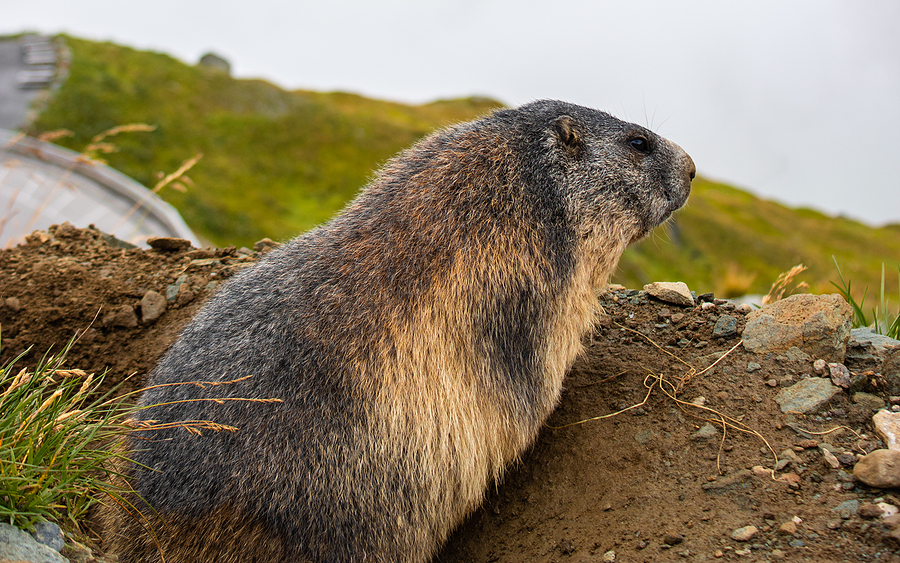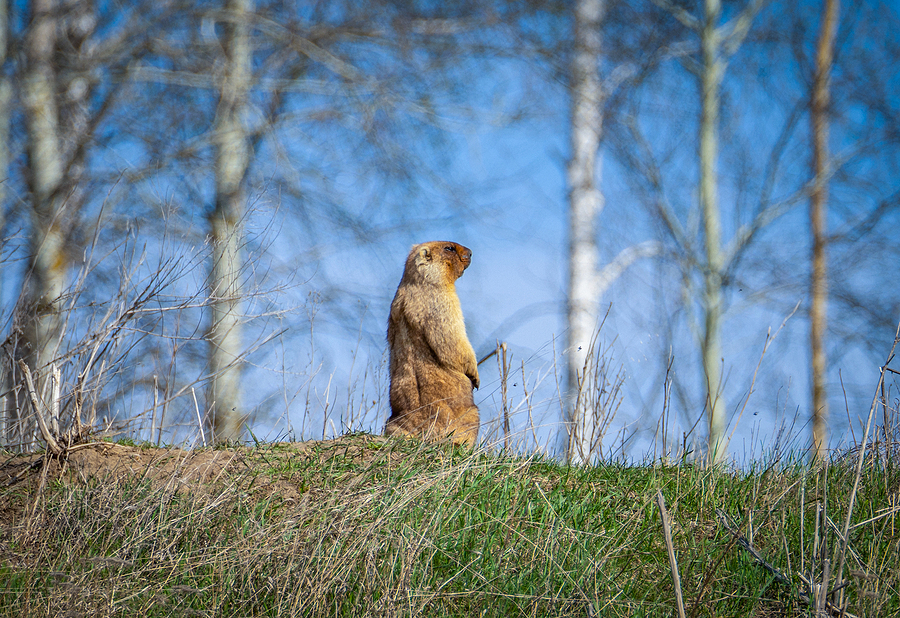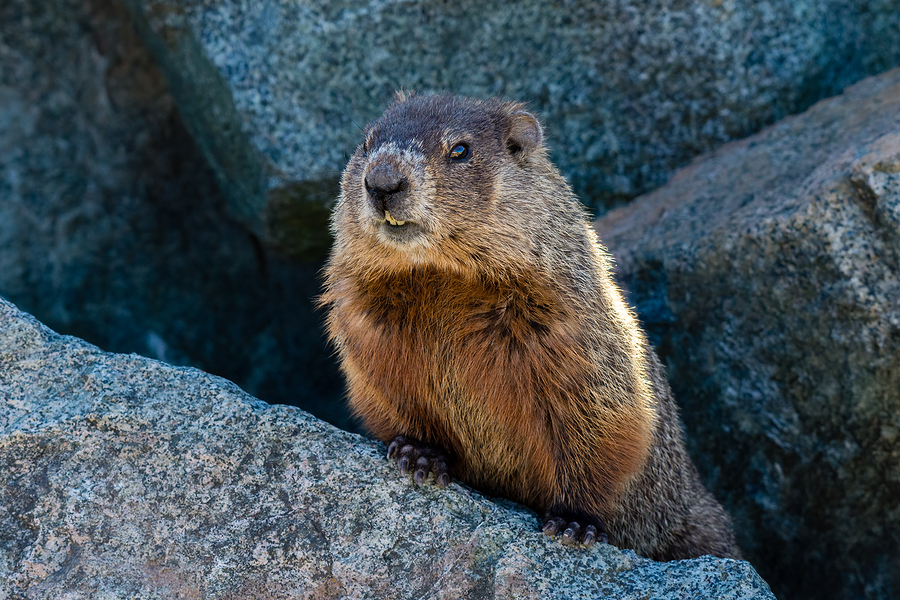Groundhogs, also known as woodchucks or whistle-pigs, are common pests in many parts of the United States. Whether you have a small infestation of groundhogs living under your porch or a large population on your property, controlling them can be challenging. With proper knowledge and techniques, however, it is possible to keep these critters away from your home and garden. Below are 7 tips for controlling groundhog infestations that will help you get started.

Nuisance Groundhog Damages and Threats
When it comes to nuisance groundhogs, the potential for extensive damage to property can be daunting. These critters may look harmless, but their burrows and tunneling can wreak havoc on lawns, gardens, and even building foundations. In addition to the physical damage, groundhogs can also pose a threat to pets and people. Their burrowing activity can create tripping hazards and weaken the structural integrity of outdoor structures. If you suspect a groundhog infestation on your property, it’s important to take action quickly before the damage becomes too extensive. Professional critter control services can help you safely and effectively remove these pesky animals and protect your property from further destruction.
How to Deter Groundhogs and Keep Them Off of Your Property
1. Identify the source of the infestation. Knowing where groundhogs are coming from is the first step in getting rid of them. Look around your property for signs such as burrows, droppings, and tracks. This will help you identify areas to focus on when setting up control measures.
2. Exclusion is key. Groundhogs dig long burrows that can provide access to your home or garden, so it’s important to make sure they can’t get in by sealing off potential entry points or installing barriers such as fencing or hardware cloth around your yard or garden beds.
3. Eliminate food sources that attract groundhogs. Make sure to keep pet food indoors, and keep your garden free of weeds, garbage, and other plant matter that groundhogs may find attractive.
4. Use a repellent to drive them away. There are a variety of commercial repellents available to try such as castor oil, putrescent egg, or coyote urine, which can be sprayed around the perimeter of your property or garden beds.
5. Trap the groundhogs humanely. If you have a smaller infestation, trapping is an effective way to get rid of them without harming the animals. Make sure to check local laws on trapping before attempting it yourself, as there may be restrictions in place in some areas.
6. Try scent-based deterrents. Non-toxic repellents can drive away groundhogs from your property. Moth balls, ammonia-soaked rags, and predator urine have all been known to be effective in keeping groundhogs away.
7. Hire a Licensed Wildlife Control Company. If the infestation is too large for you to handle yourself or if the problem persists after trying all of the above tips, it may be time to call in an expert wildlife control company for groundhog removal service. Professionals have access to more powerful tools and techniques that can help get rid of groundhog infestations quickly and effectively.
These 7 tips should help you get started with controlling groundhog infestations around your home or garden. Remember to take preventative measures such as sealing potential entry points and eliminating food sources to reduce the risk of future infestations. With the right knowledge and techniques, you can keep your property groundhog-free!
Are groundhogs becoming a nuisance around your residential or commercial property in Indiana? Contact Budget Animal Removal at 317-875-3099 for DNR licensed and insured groundhog removal and control in Indianapolis, Indiana you can afford. Request a free estimate or advice, today!
Related Posts:
3 Steps to Safe and Humane Groundhog Control
Common Questions About Woodchuck Control
Top Nuisance Animals to Watch Out For in the Summer


